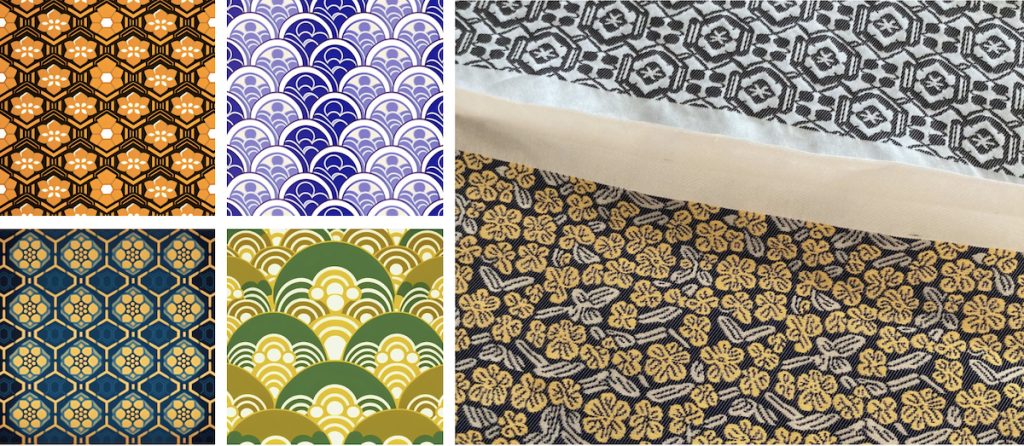We are taking on the challenge of creating new products by incorporating cutting-edge technology into the tradition of Nishijin textiles. There are many manufacturing processes involved in the production of textiles, including design creation, pattern paper creation, yarn dyeing, and weaving.
As a first step, we are currently producing Nishijin textiles based on designs created using artificial intelligence that generates images from keywords/sentence. Recently, image generation models based on diffusion models have attracted much attention. We have applied these to the production of Nishijin textiles, generating textile patterns by performing additional training using existing traditional patterns as needed.
During that process, we discovered that a significant amount of time was being spent on monotonous, repetitive tasks required to process images so that new pattern designs could be woven using a jacquard machines. To address this, we developed a tool that streamlines the workflow while preserving the designers' creativity
In the future, we will explore ways to fuse traditional craftsmanship with cutting-edge technology in other manufacturing processes as well.
Collaborator : Fukuoka Weaving
Recognition and generation of traditional Japanese patterns
Team: Asahi Adachi (Student Researcher), Lana Sinapayen, Jun Rekimoto
We are developing a technique to recognize and generate traditional Japanese patterns - Wagara. Wagara has been used for traditional Japanese garments (e.g., kimono and yukata), wallpapers, and other historical items for a long time. This project focuses on such traditional and historical patterns and generates a discussion about the fusion of culture and technology. In the future, we are considering creating fabrics and products with the designs generated in this project.
Published Paper : [Download from here]

Nishijin NCA - a design tool to support Kyoto's traditional weaving industry
Team: Asahi Adachi (Student Researcher), Lana Sinapayen
In the Nishijin district of Kyoto, artisans put a lot of work in designing patterns to weave kimonos and other garments. We have developed a method called Nishijin NCA (Neural Cellular Automaton), where a neural network assists designers by learning their design choices when modifying part of an image, and applying those choices everywhere else on the image. Nishijin NCA learns from only one original and one modified image; there is no pre-training on existing datasets. Nishijin NCA significantly accelerates the rote tasks of color reduction and shape correction, leaving the artisan free to focus on creating textile patterns that look aesthetically pleasing when woven.



